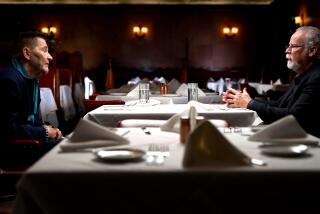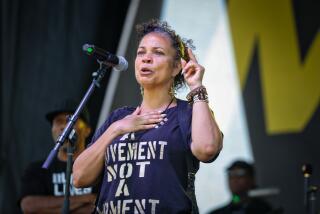Holliday’s Videotape Sent L.A. Reeling
- Share via
Few images in Los Angeles history have had the impact--or ignited more raw emotion--than a grainy home video capturing Los Angeles police officers mercilessly beating a black motorist named Rodney G. King on March 3, 1991.
The oft-replayed tape, shot by George Holliday as he stood shivering on his Lake View Terrace apartment balcony, set in motion a series of events that culminated in not-guilty verdicts in a state trial against four white LAPD officers and fiery riots that shook the city for four days in April 1992.
It also thrust the soft-spoken plumber from relative obscurity into the Klieg lights of history.
Holliday became a popular interview subject as his tape, first broadcast on KTLA (Channel 5), was repeatedly played on scores of local, national and world news telecasts.
His tape, meanwhile, became a key piece of evidence in two trials against the officers, ultimately leading to the convictions of Sgt. Stacey Koon and Officer Lawrence Powell for federal civil rights violations.
Seeking to capitalize on his newfound fame, Holliday promoted a video on how to make money by shooting news on a camcorder. He also received money from filmmaker Spike Lee, who used Holliday’s famous footage in the opening sequence of his film “Malcolm X.”
As for the tape, it was one of those accidents of history, Holliday said. He had given a camcorder to his wife as a Valentine’s Day gift and only learned how to use the focus mechanism the evening before he taped the beating.
Asked if history would be the same without him, Holliday told The Times in an interview last year, “If my tape hadn’t been there, I think something else would have triggered it.”
More to Read
Sign up for Essential California
The most important California stories and recommendations in your inbox every morning.
You may occasionally receive promotional content from the Los Angeles Times.










